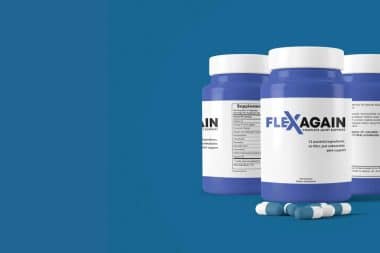Modern society is experiencing different health problems due to many reasons: poor eating habits, lack of exercise, exposure to chemicals/toxins, tremendous stress, and more. But one of the most critical factors that cause health issues among people is poor diet.
Eating the wrong foods can wreak havoc to your gut health. Find out why you should take your gut’s health seriously and how you can improve your overall well-being with the right diet.
What You Should Know About the Microbiome Diet
The microbiome diet aims to restore and improve gut health with the proper food. The human microbiome is important because it’s home to the beneficial microorganisms in your digestive system. It’s also called the gut, gut flora, intestinal flora, or gut microbiota.
The microbiome diet emphasizes the importance of gut health and how eating certain foods will benefit it entirely.
The main staples are fruits and vegetables, lean meat, and a variety of probiotic and prebiotic foods. Dr. Raphael Keller, the creator of the Microbiome Diet, suggests that a special diet can restore gut health. This will benefit people who have not been eating a gut-friendly diet for some time.
Microbiome Diet: How It Works
If you want to optimize or improve your gut health, you should consider switching to a Microbiome diet. The diet has three phases and is less restrictive as you go on with the diet. By the time you reach stage three, you’ll be consuming primarily gut-friendly food.
Phase 1: The Four R’s
Phase one of the microbiome diet is very restrictive. The first phase spans 21 days and requires avoiding certain foods, such as dairy, eggs, grains, legumes, starchy fruits, soy, and some vegetables. You’re not allowed to consume food with sugar (including artificial sweeteners), packaged foods, and food products with coloring or fillers. Instead, you can eat organic foods that are rich in prebiotics, like asparagus, onions, leeks, and garlic.
It’s also recommended to include fermented, probiotic-rich foods. like yogurt and sauerkraut. Those following the microbiome diet should follow the four R’s:
- Remove: Don’t consume any food that can cause a disrupted or unbalanced microbiome, including processed foods, food products with sugar, antibiotics, hormones, or pesticides.
- Repair: Consume plenty of plant foods that’ll help repair the gut that was harmed through prolonged consumption of processed foods and unknown chemicals or toxins.
- Replace: Consume spices, herbs, and supplements to help replace digestive enzymes and stomach acid with better-quality substances.
- Re-inoculate: Consume foods with high prebiotic and probiotic content so that the gut is repopulated with good bacteria.
Phase 2: The Metabolic Boost
Phase two of the microbiome diet allows more flexibility in the diet because the first phase of the diet has helped heal and repair the gut. You can now add dairy, gluten-free grains, legumes, and free-range eggs to your diet. Your diet can now include bananas, potatoes, and other starchy foods or vegetables.
However, you should still avoid some foods, but only to a certain extent. It means you can enjoy corn, potatoes, soy, and other foods that can harm the gut for about three to four times each week.
Phase 3: The Lifetime Tune-Up
In phase three of the microbiome diet, your gut is expected to be healed entirely or almost fully healed. During this maintenance phase, you can add more food types to your daily diet. Individuals in the third phase of the microbiome diet should maintain these eating habits for life.
Dr. Kellman discourages calorie-counting or food portioning, but instead focus on the quality of food consumed regularly. Intuitive eating is also encouraged, which means waiting for your body to tell you to eat or stop eating.
The Pros and Cons of the Microbiome Diet
Following the microbiome diet have several benefits and a few drawbacks:
- Encourages proper food choices
- Improves or repairs the gut
- Reduces the intake of sugar
- Helps to remove extra weight
- Possibly prevents diseases
- Enhances the mood and mind
There are some disadvantages to following the microbiome diet. First, the diet is very restrictive and requires cutting back on many types of foods. Second, the diet is not budget-friendly since it involves the consumption of organic foods, cage-free eggs, gluten-free grains, and free-range meat. These foods are more expensive compared to their regular counterparts.
Conclusion
There’s no doubt that the microbiome diet is beneficial to those who want to have a healthier gut. In general, avoiding processed foods, oily, and sugary foods will help in improving your overall health.
If you wish to follow the microbiome diet, reach out to a registered dietitian or your physician for evaluation and recommendations.







